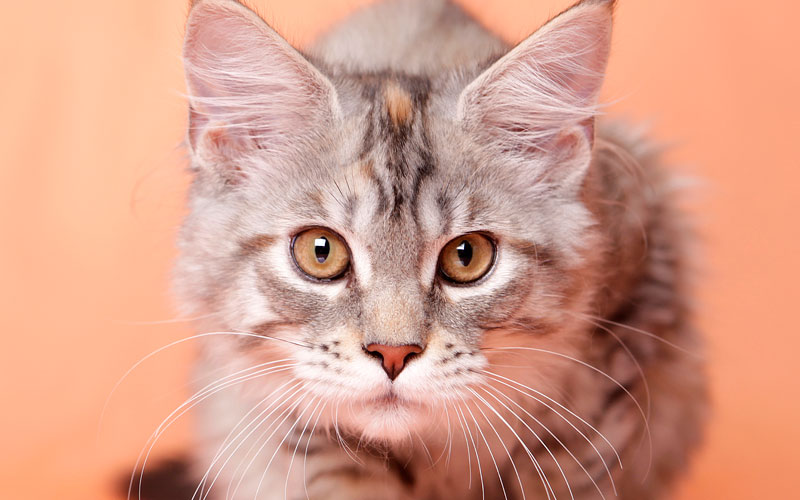Ever wondered about the history of the domestic cat? Katie Cincotta finds out how our little lions got to be in the living room.
To understand the history of the cat we know today, we have to travel back thousands of years to the hot desert country of Egypt. It was the Ancient Egyptians living between 4000BC and 2000BC who first domesticated the wild African cat. Historians know this because house cats are depicted in Egyptian tomb paintings.
Impressed by the cat’s ability to pounce on prey like rats and mice, the Egyptians welcomed the wild cats into their homes to keep pests away from their food supplies.
Egyptian Mau breed
The Egyptian Mau breed, which looks much like a leopard with its unique spots, may have been the first of the domesticated cats. It’s certainly one of the fastest, clocked at almost 60kph, which explains why cats have such speed when they’re dashing up a tree, or on the run from an enemy.
Of all the domestic cats today, only the Maus from Egypt retain the spots of the big cats like the Cheetah and the Snow Leopard — which makes them rare and expensive.
Norwegian Forest Cat
Cat breeder and show judge Sandra Dukes loves both the look and the history of the Norwegian Forest Cat, which she has been breeding for 17 years on the south coast of NSW.
As one of the wild forest cats of Norway, she says their big green eyes, their long fur and large body originated in Norway more than 500 years ago, and to this day the breed resembles the head and eye patterns of the North American wild cat, the Lynx.
“The full brown tabby has such a wild look, especially the shape and the set of the eyes. They’re not a very chatty cat like some breeds. They’re quite often silent, but they are affectionate and have a unique personality.”
Did you want to know more about the history of cats? The complete article was published in PETS issue #59. Stop missing out on pawsome stories and subscribe to PETS magazine here.


Leave a Reply